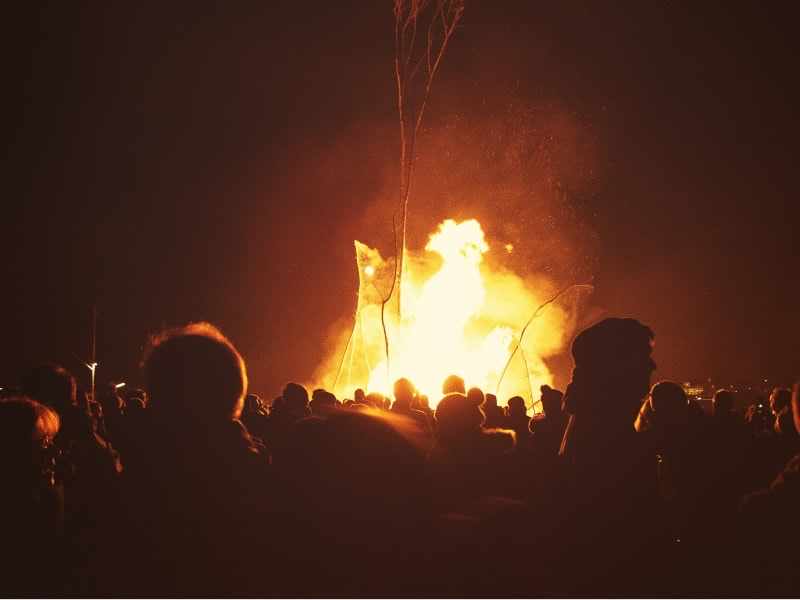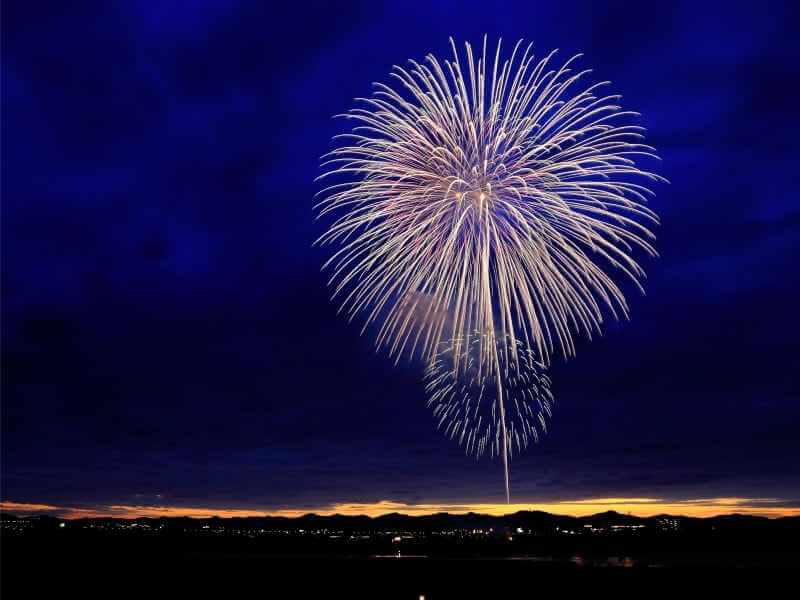
Bonfire night is a tradition in the UK that stretches all the way back to 1605 when people celebrated King James I surviving a plot to take his life led by Guy Fawkes. People began to light bonfires and the 5th November became a national day of thanksgiving. This tradition has lasted through many centuries as it developed, Fireworks were introduced and became part of the yearly celebration, along with bonfire toffee, torchlight processions and sparklers!
Fast forward to 2017 and the tradition of bonfire night continues, people up and down the UK will head to a local bonfire to witness a firework display whilst others will stay at home and have one in their own garden. It is a night full of meeting family, friends and getting together with your local community as people head out in the dark, wrapped up in warm winter clothing.
It is also a time when the senses can be heightened with loud bangs, hot fire and noisy people, creating an uneasy situation for someone who suffers from sensory processing disorder (SPD).
We’re going to give you some helpful tips as to how you can make the most of your bonfire night if you or a loved one have SPD.
Get used to the loud noises of fireworks
One of the most triggering aspects of bonfire night is loud noises from fireworks. They can be great to look at and create a dazzling sensory spectacle, but the loud noises can trigger anxiety and panic if someone is not used to them. To combat this, it is a good idea to get used to loud bangs before bonfire night, there are lots of videos on YouTube where you can watch firework displays, try watching these with headphones and introduce the loud noises in a safe place. Using headphones will isolate the sound and give the person listening to the fireworks more confidence in hearing loud noises.
Always take ear protection, just in case. Using ear defenders is probably is an effective way to combat loud and unexpected noises to stop any triggering effects.

Be prepared to be in big, noisy crowds
Going to a local event in your village, town or city can be fun to meet familiar faces, however, they can also draw in big crowds. Preparation again is key to making sure those with SPD get used to being in large crowds, head to local supermarkets at busy times (if you can) and walk around the busy aisles. If you live in a city, you can walk around busy areas to build up confidence and familiarity.
Hold your own Bonfire night at home
If you have a child with SPD or autism, then inviting people round to your house for a bonfire night could be the ideal solution! This way you know that you’re not far away from a safe space, should your child need one. You could also get creative by introducing arts and crafts to the night so people can create their own fireworks through drawing and colouring in. Using bright colours is a great way to stimulate senses, whilst being creative at the same time. You can even use media such as the TV to broadcast your own fireworks display!
Most importantly have fun!
Hopefully, these handy tips are useful for everyone to get the most out of bonfire night. Remember it is an evening full of excitement that can stimulate all the sense, from the crackling of the roaring bonfire to the beautiful colours of fireworks lighting up the sky. Bonfire night can be enjoyed by taking the time to prepare those who may be susceptible to loud noises.
Have a great night!
